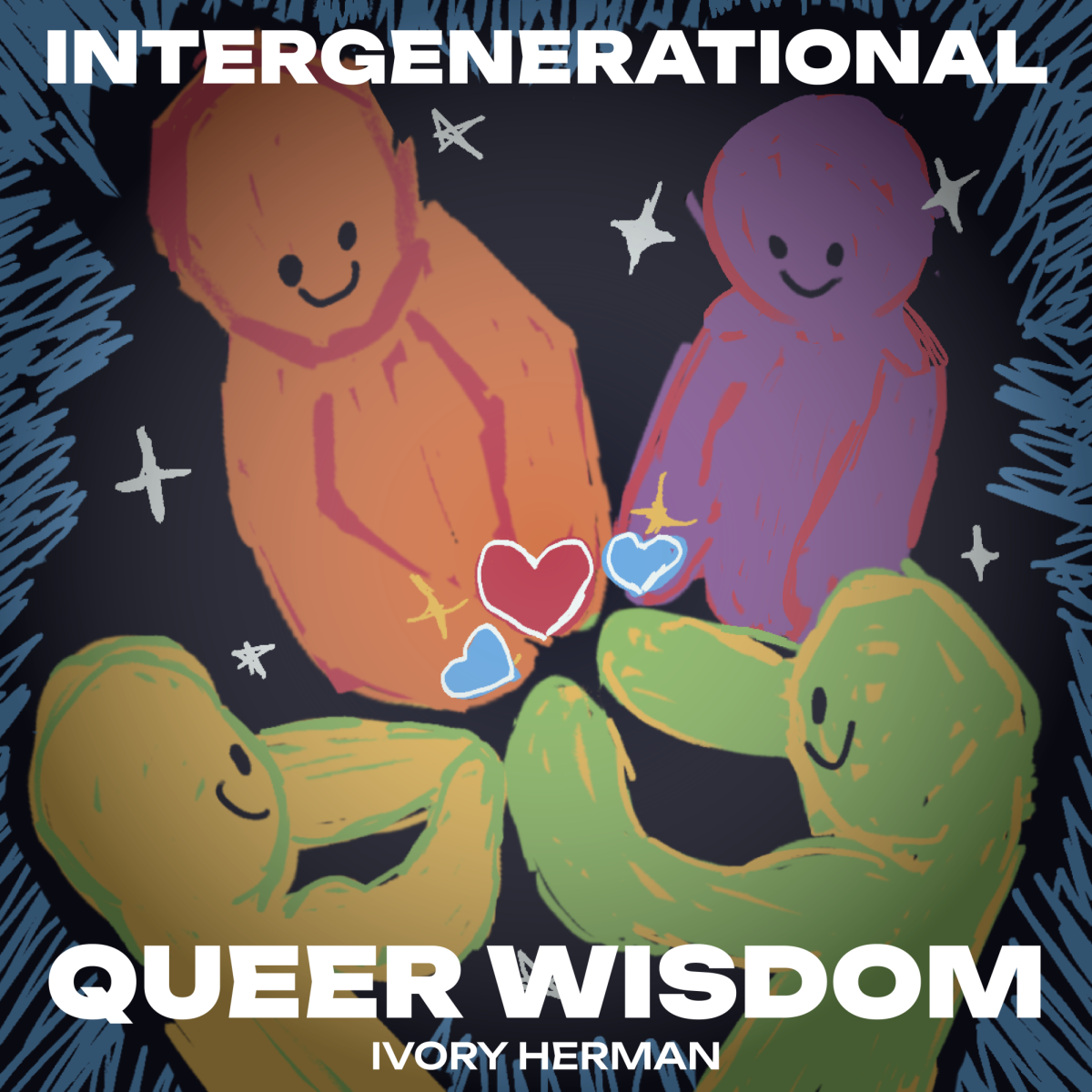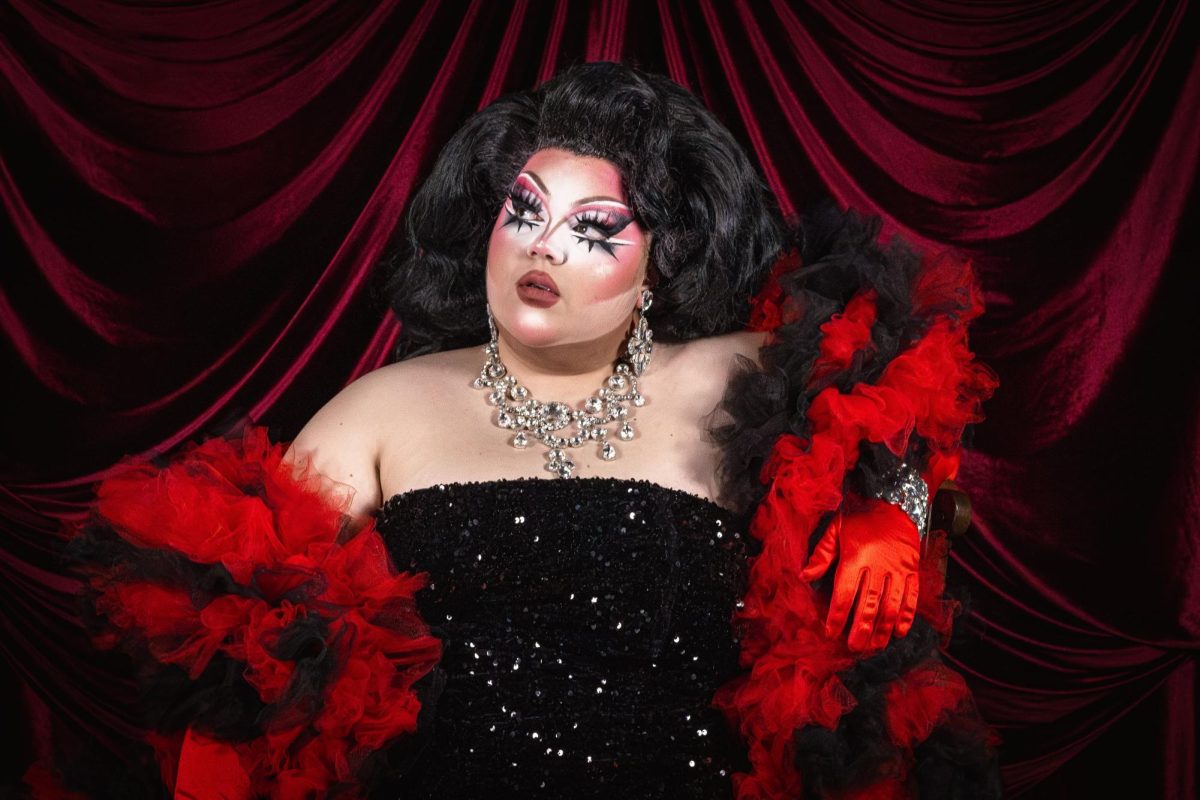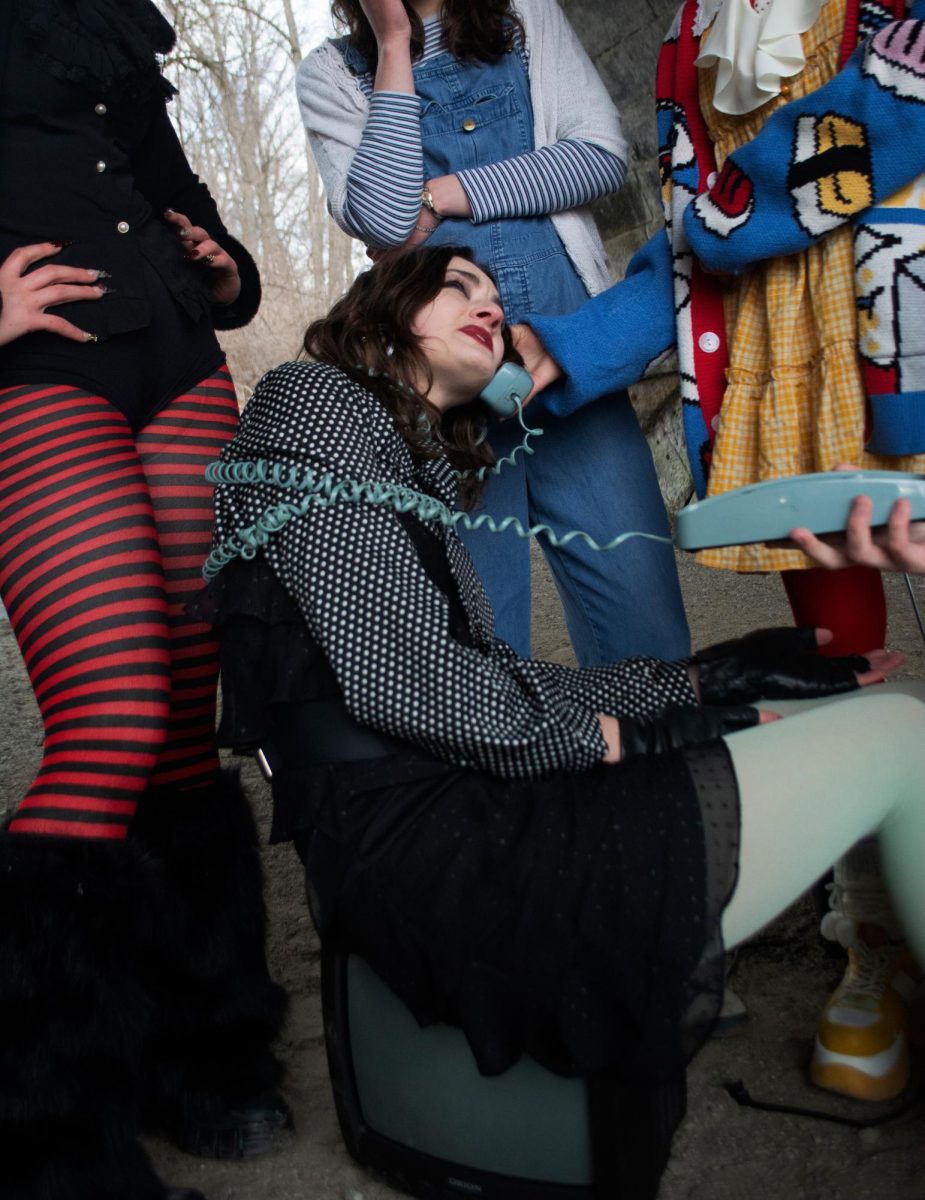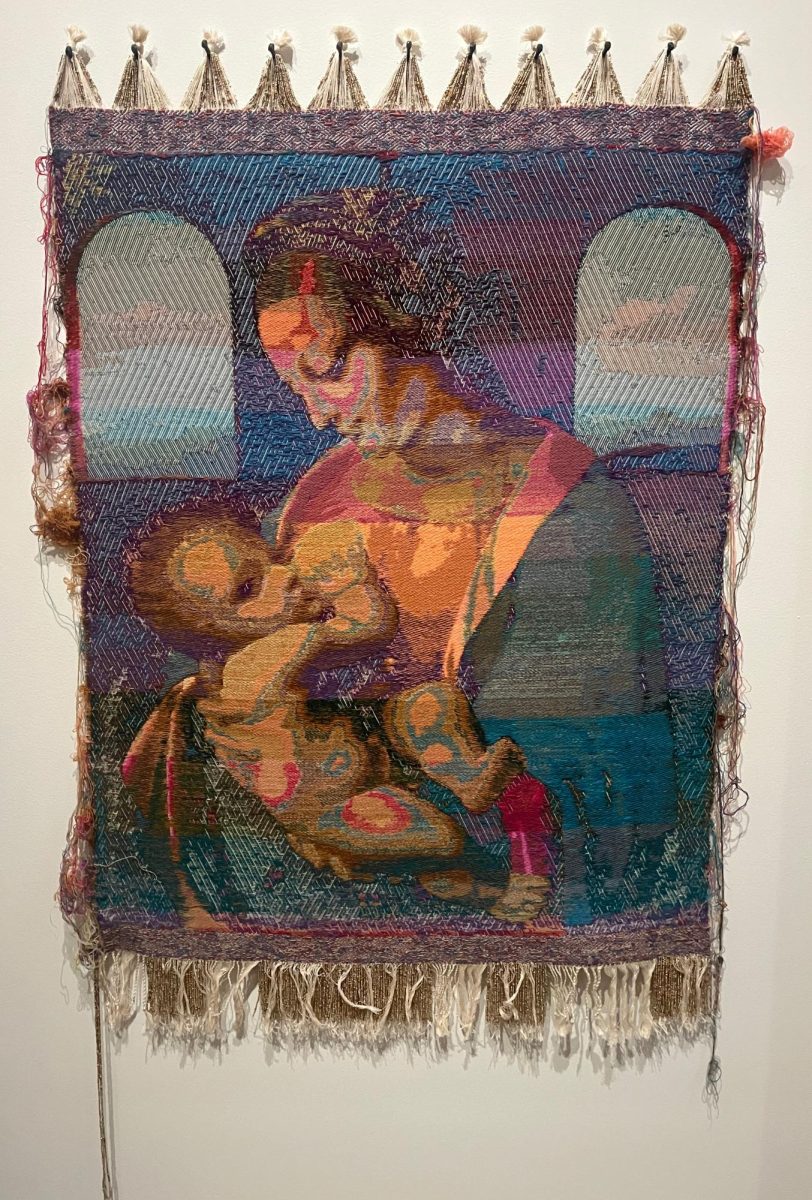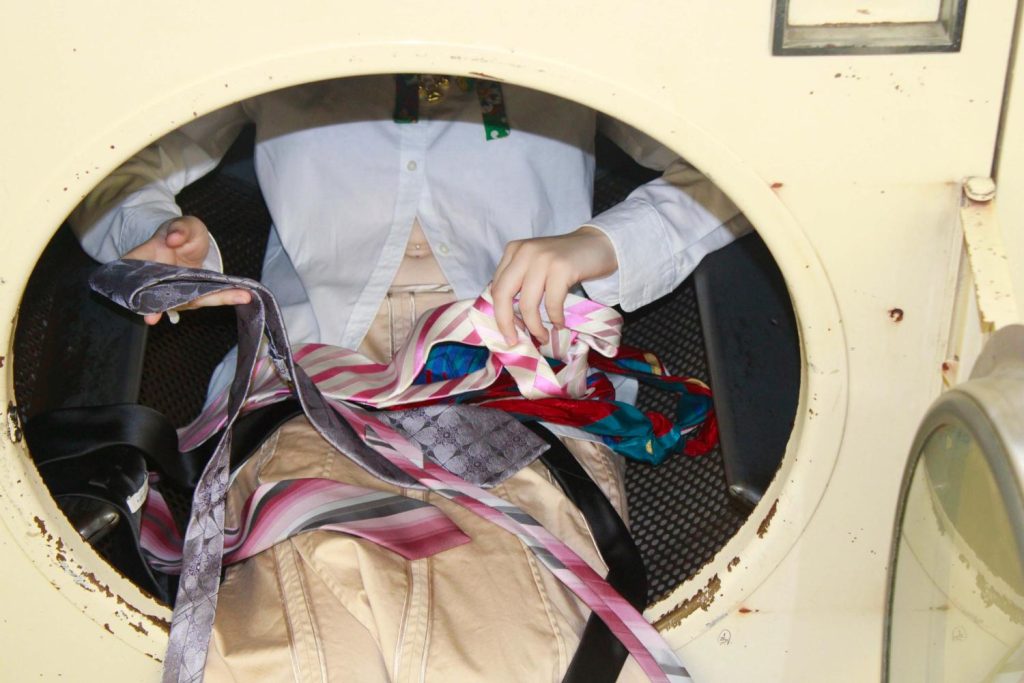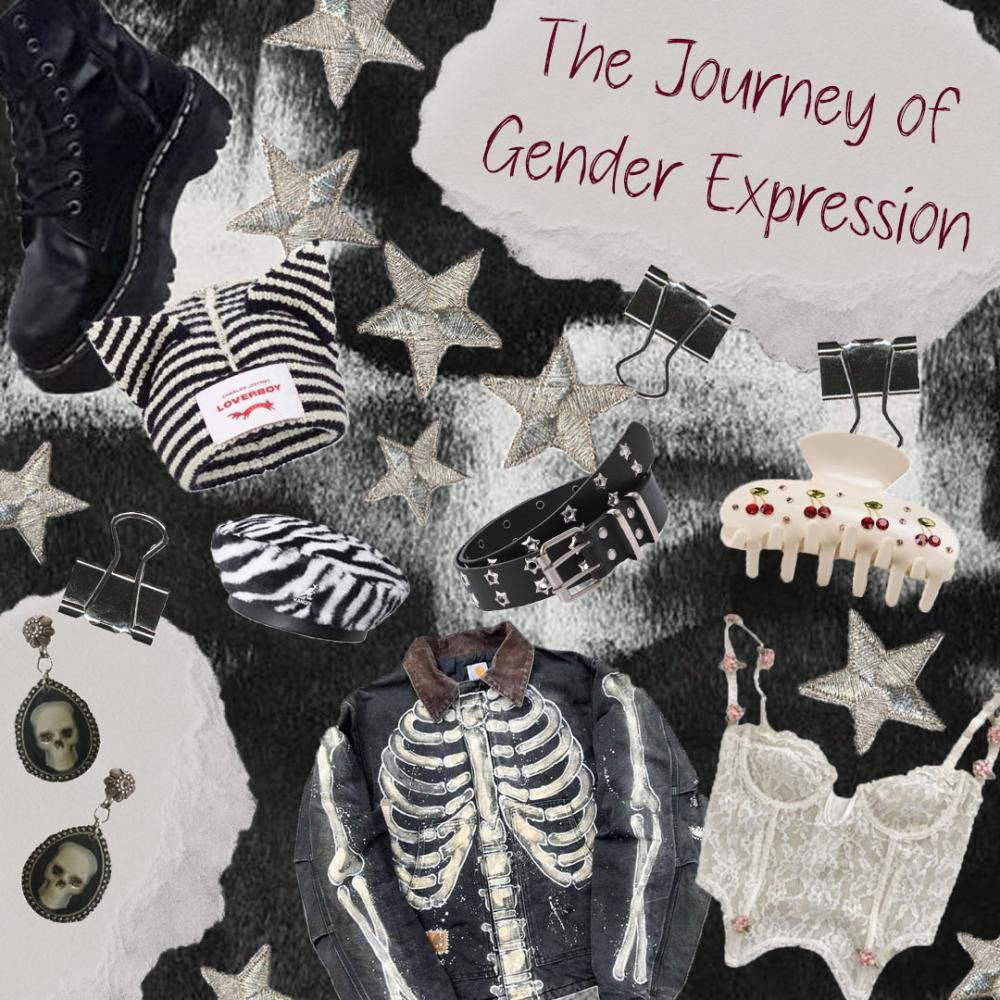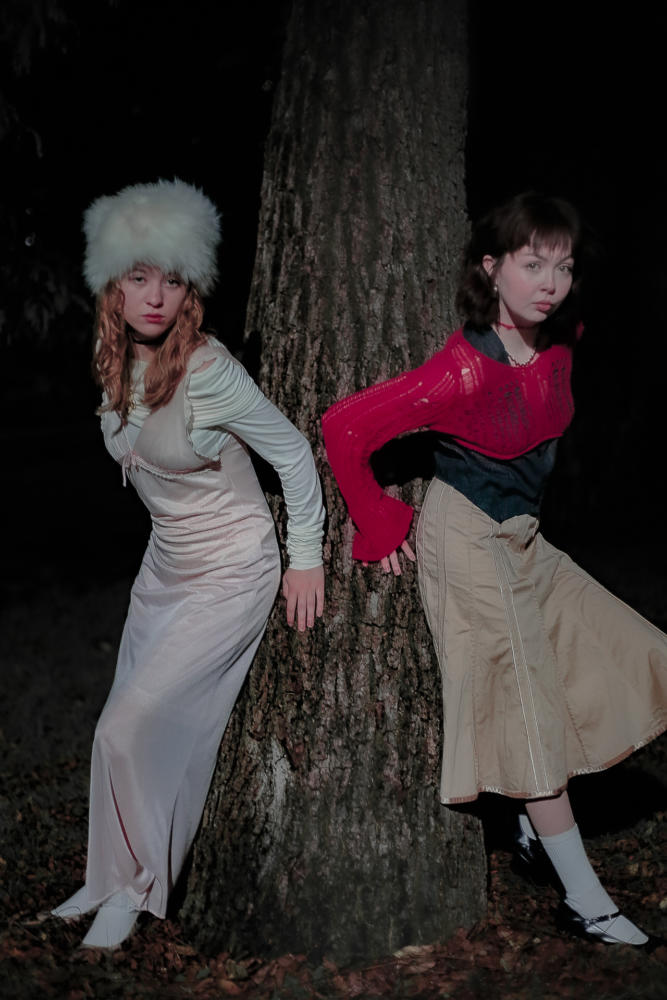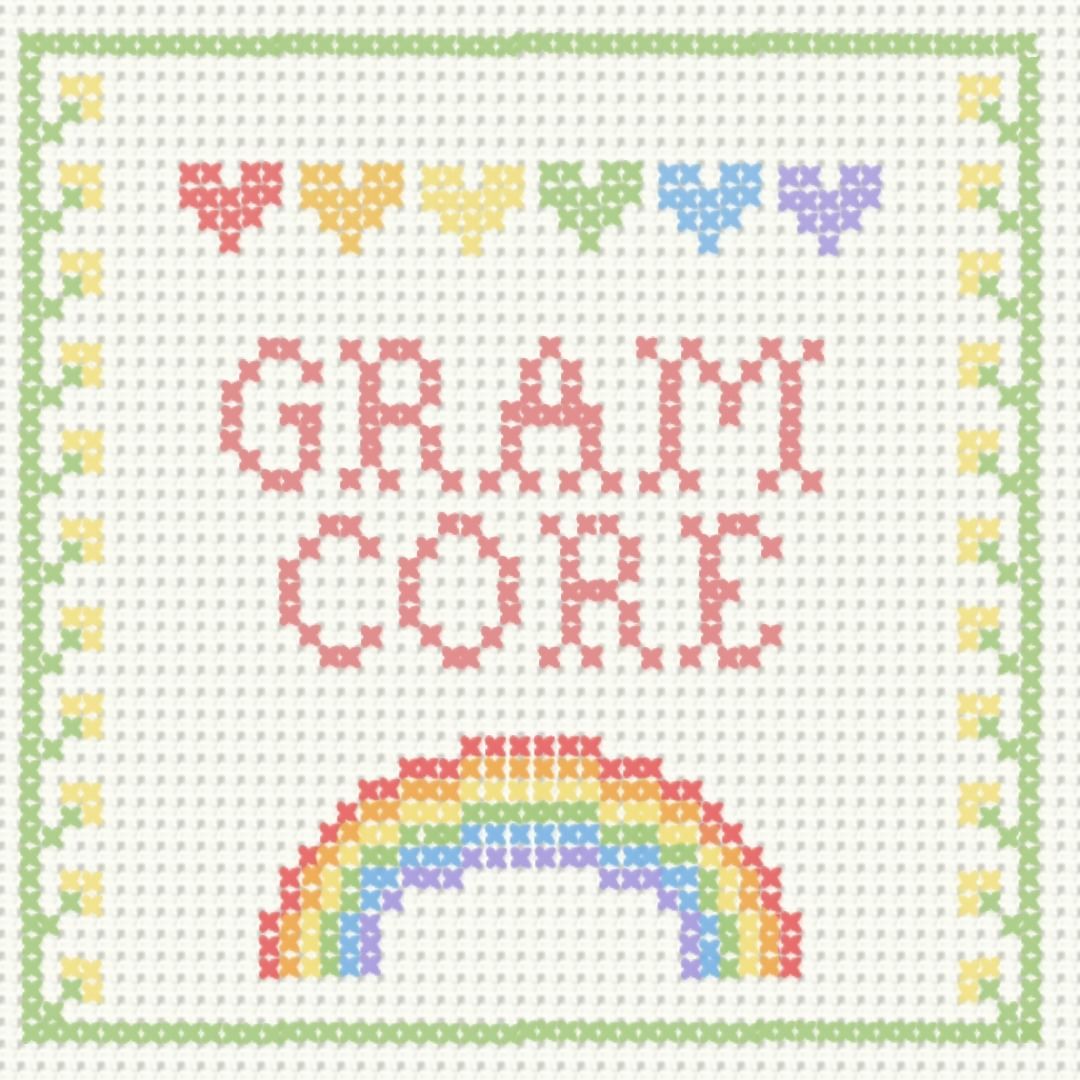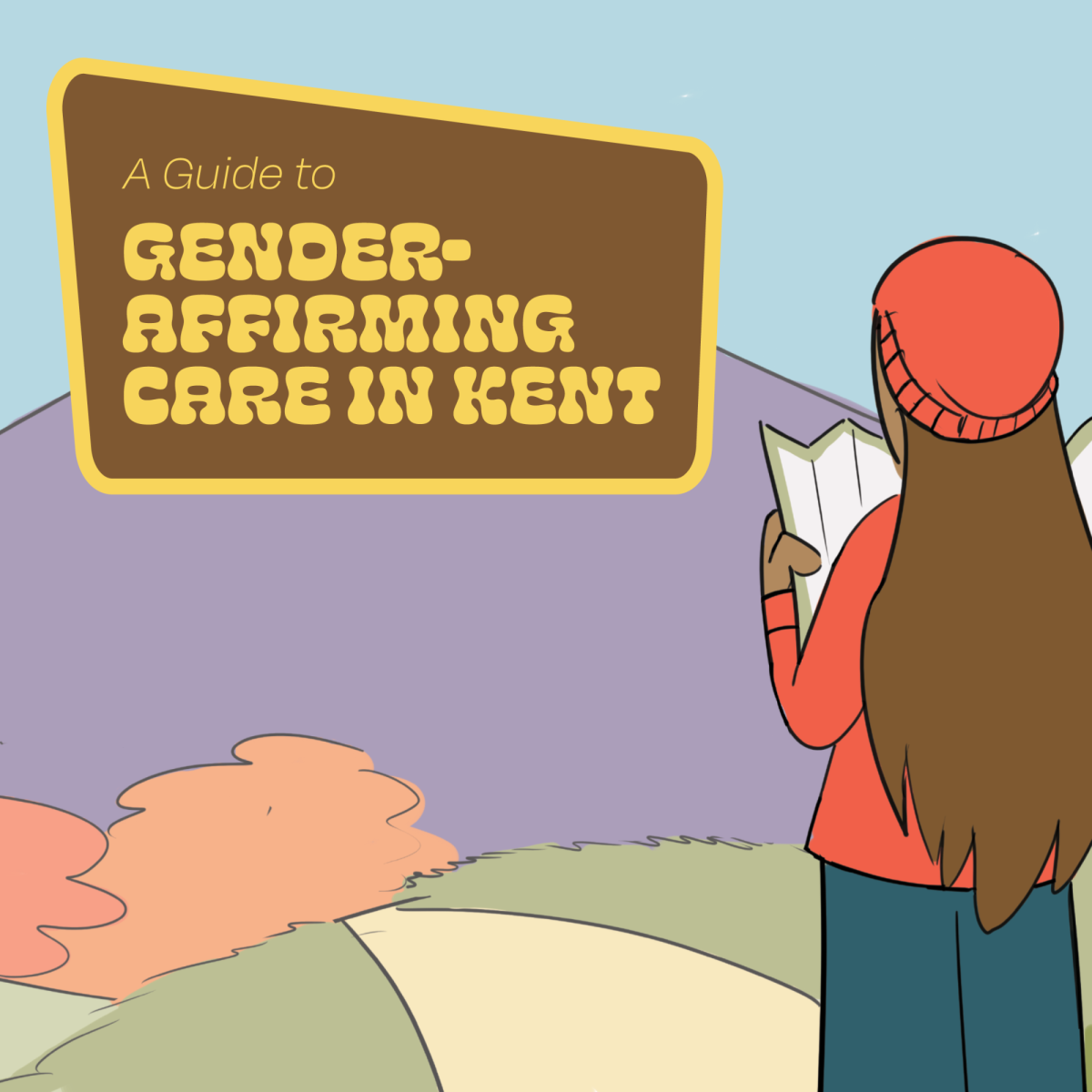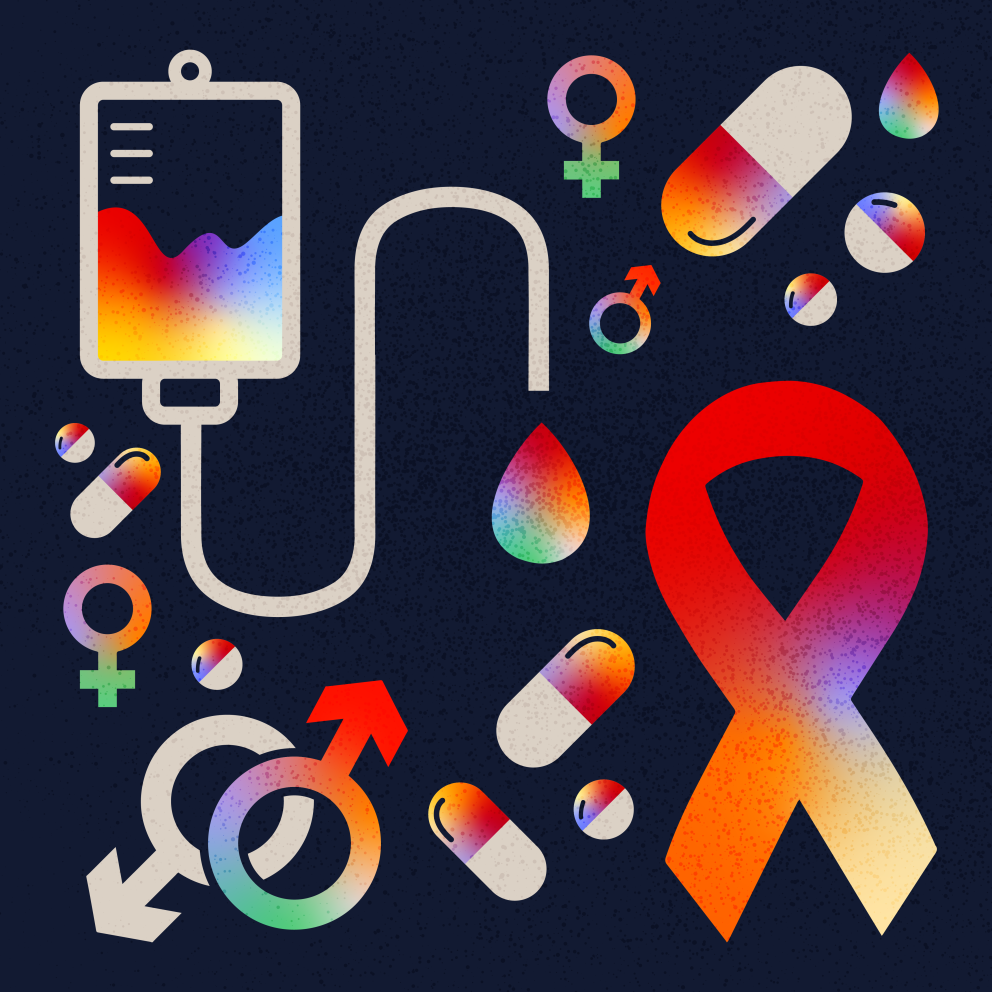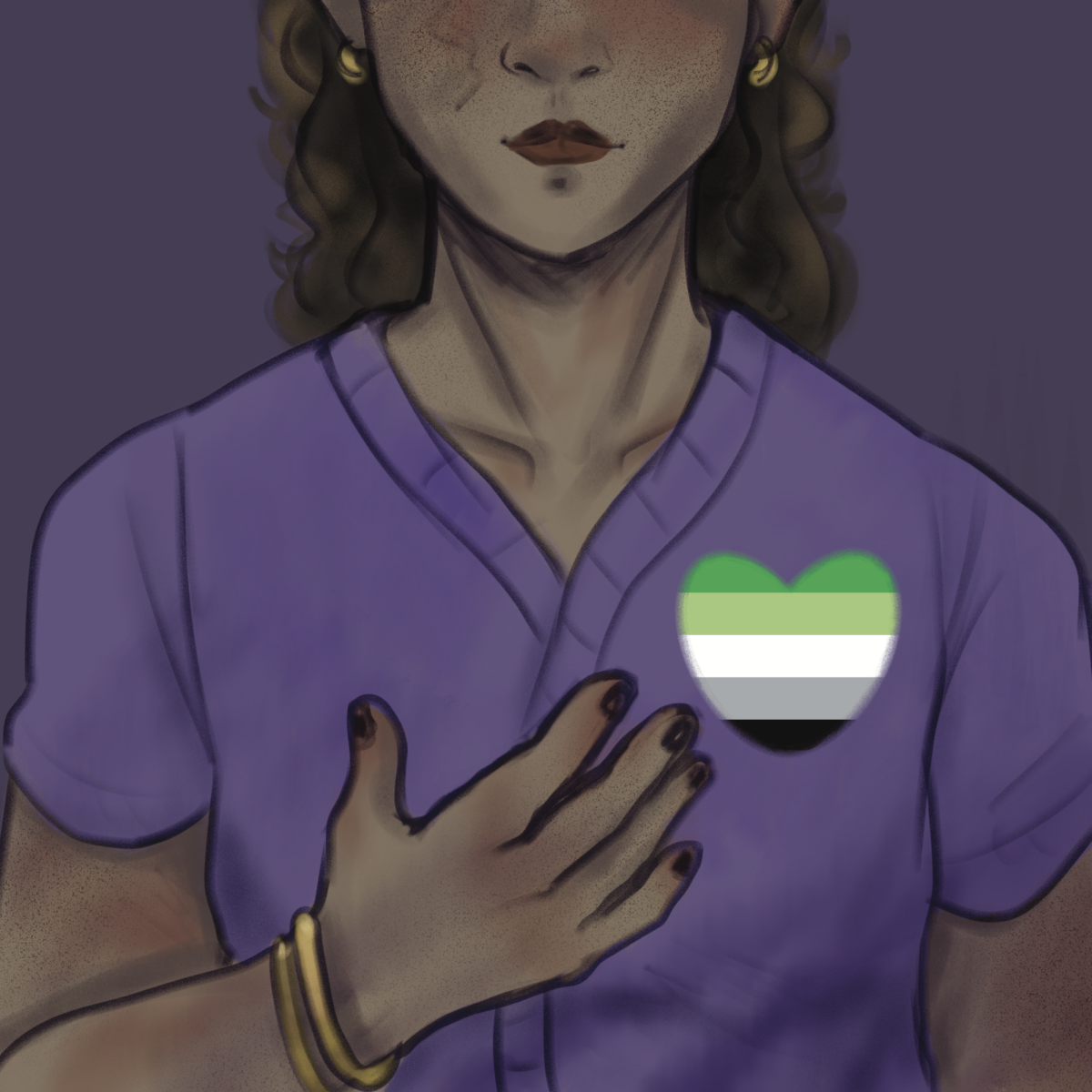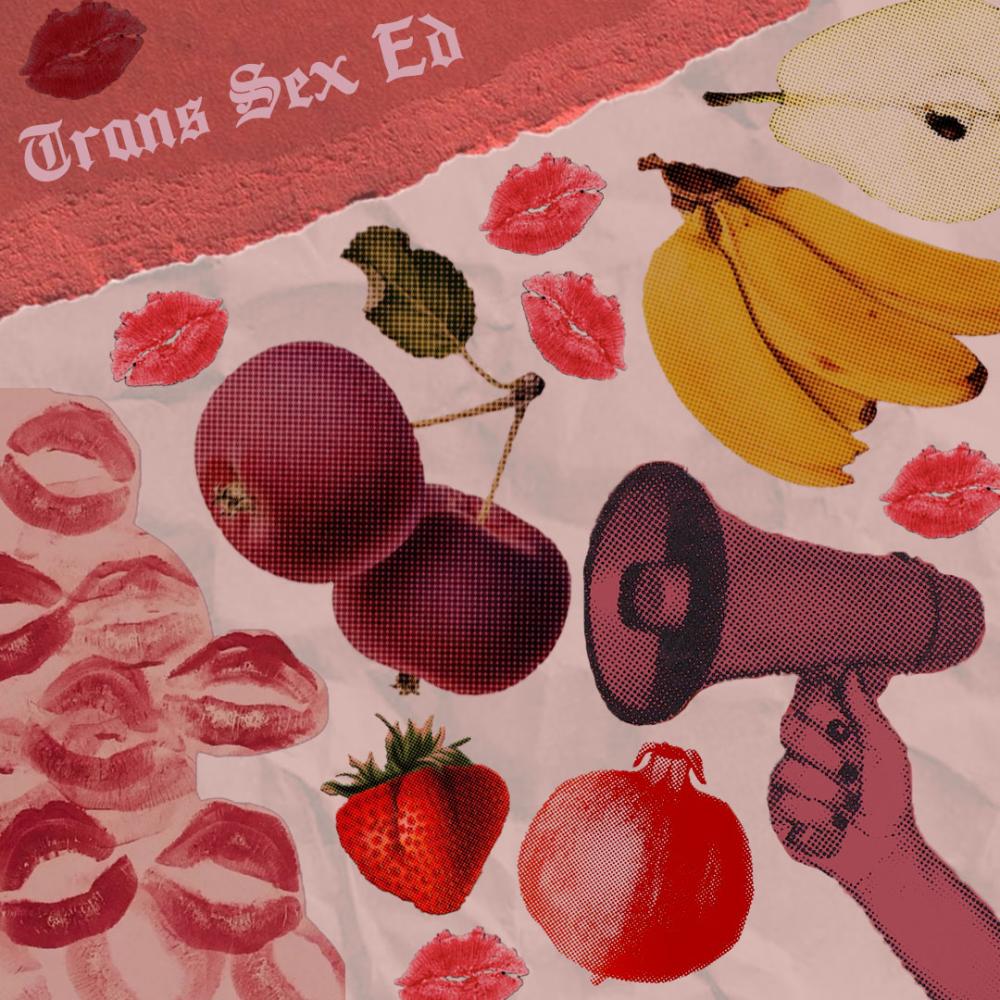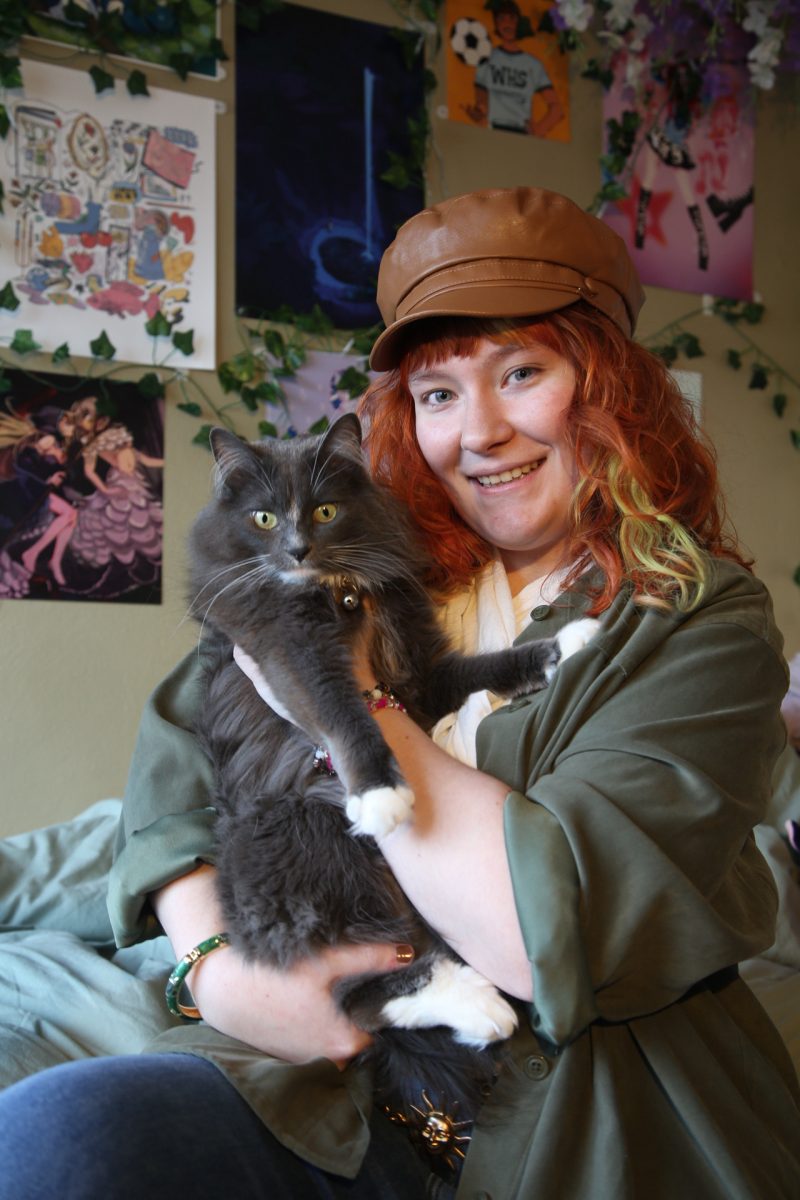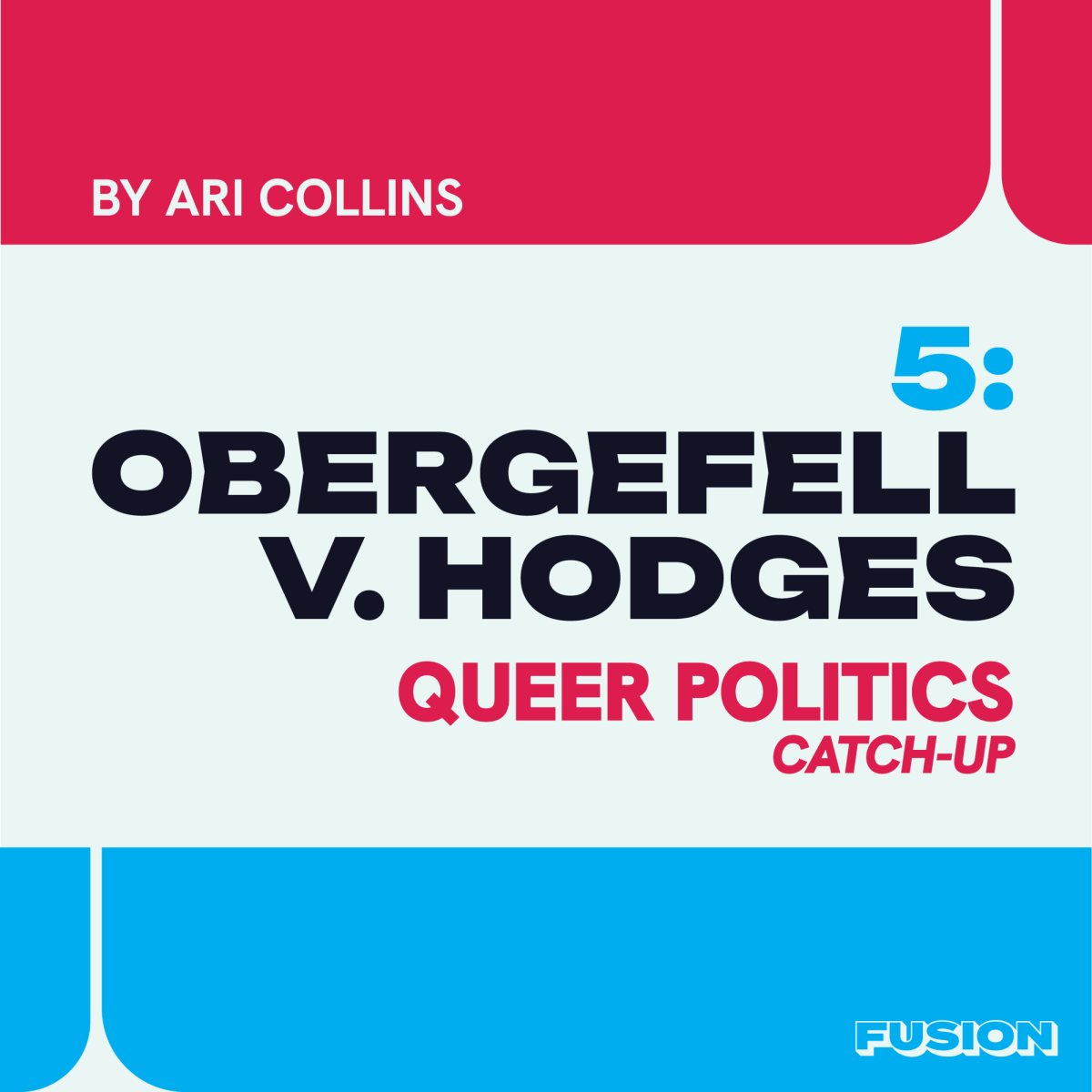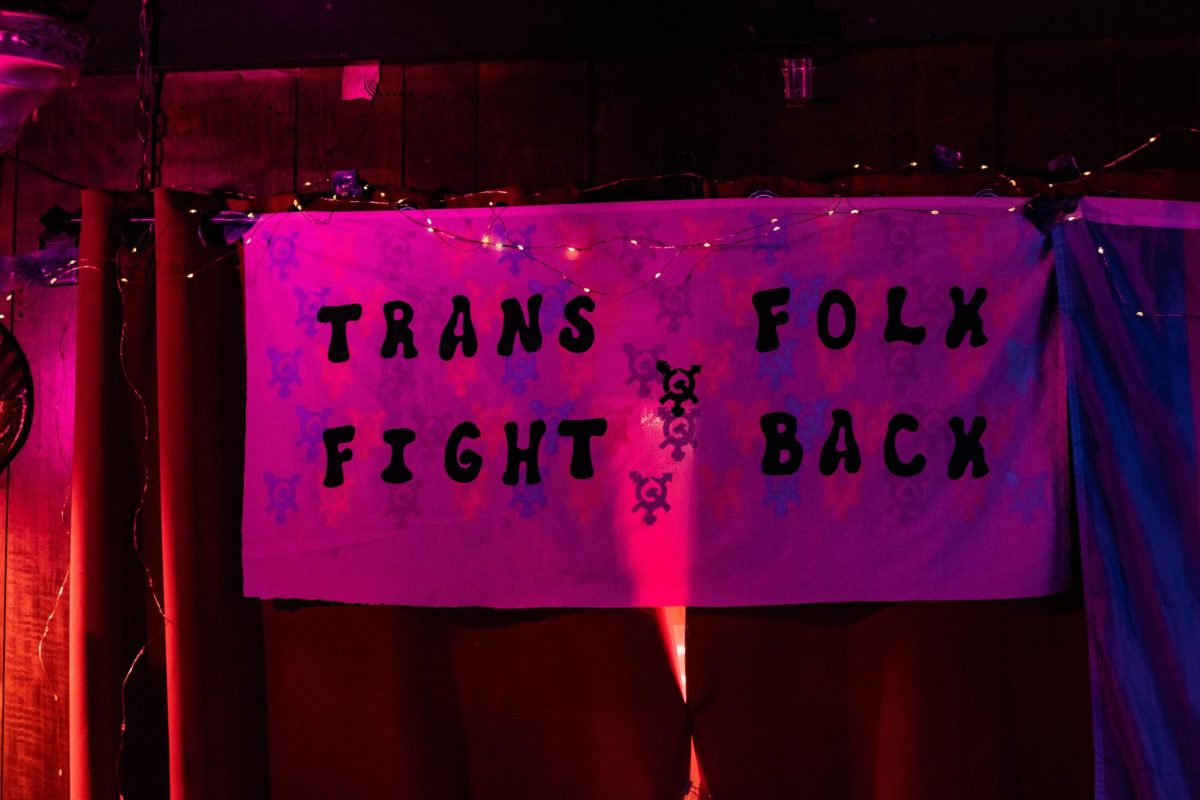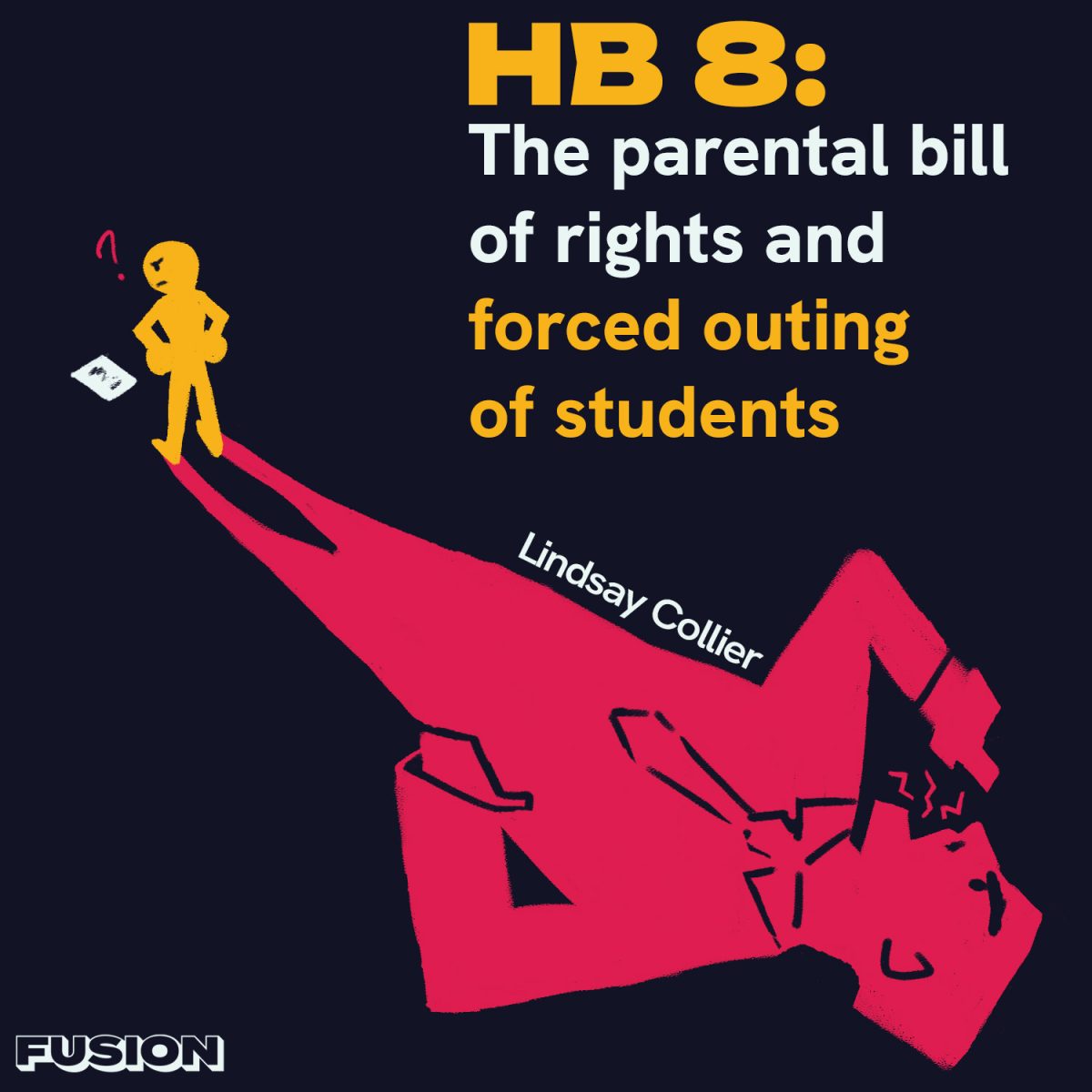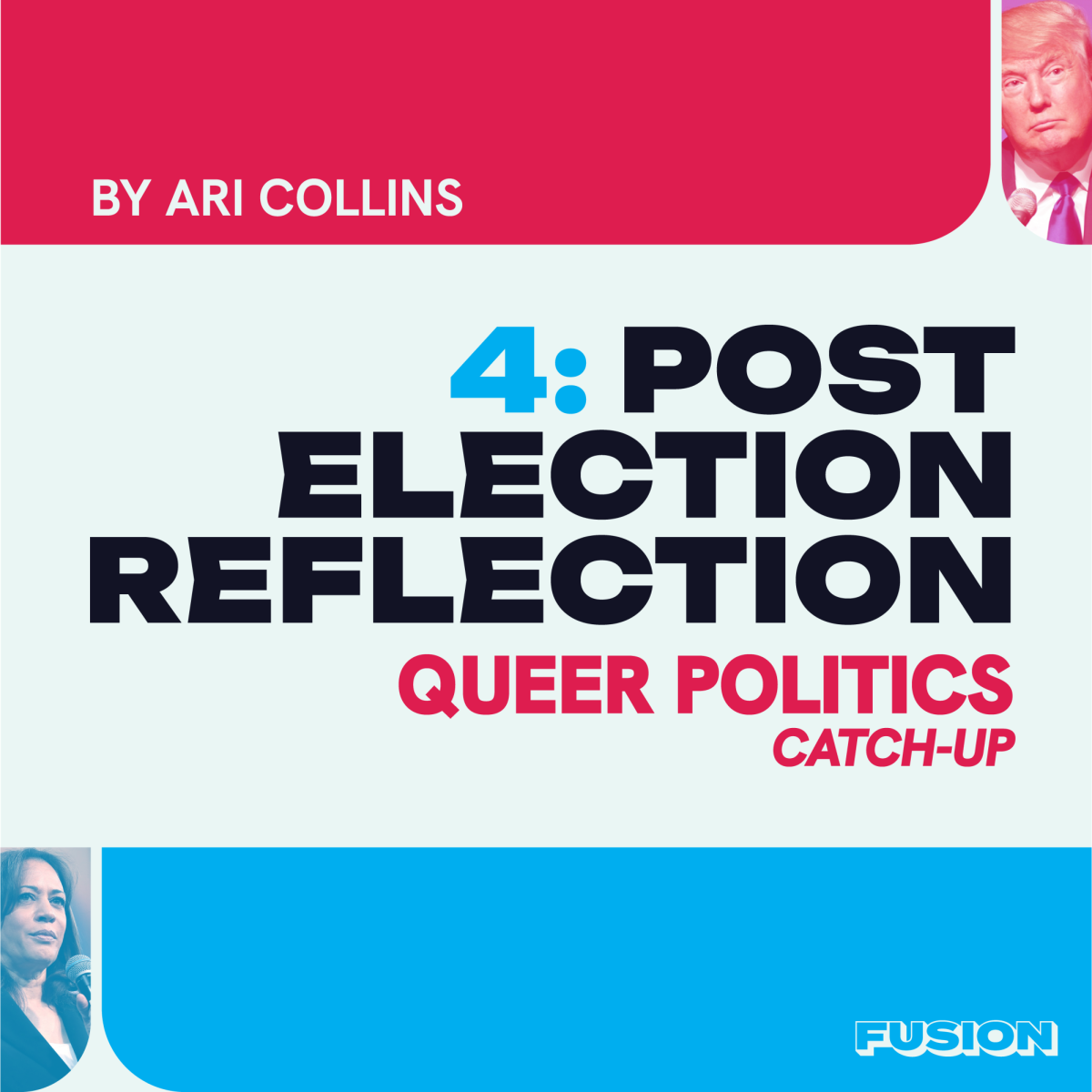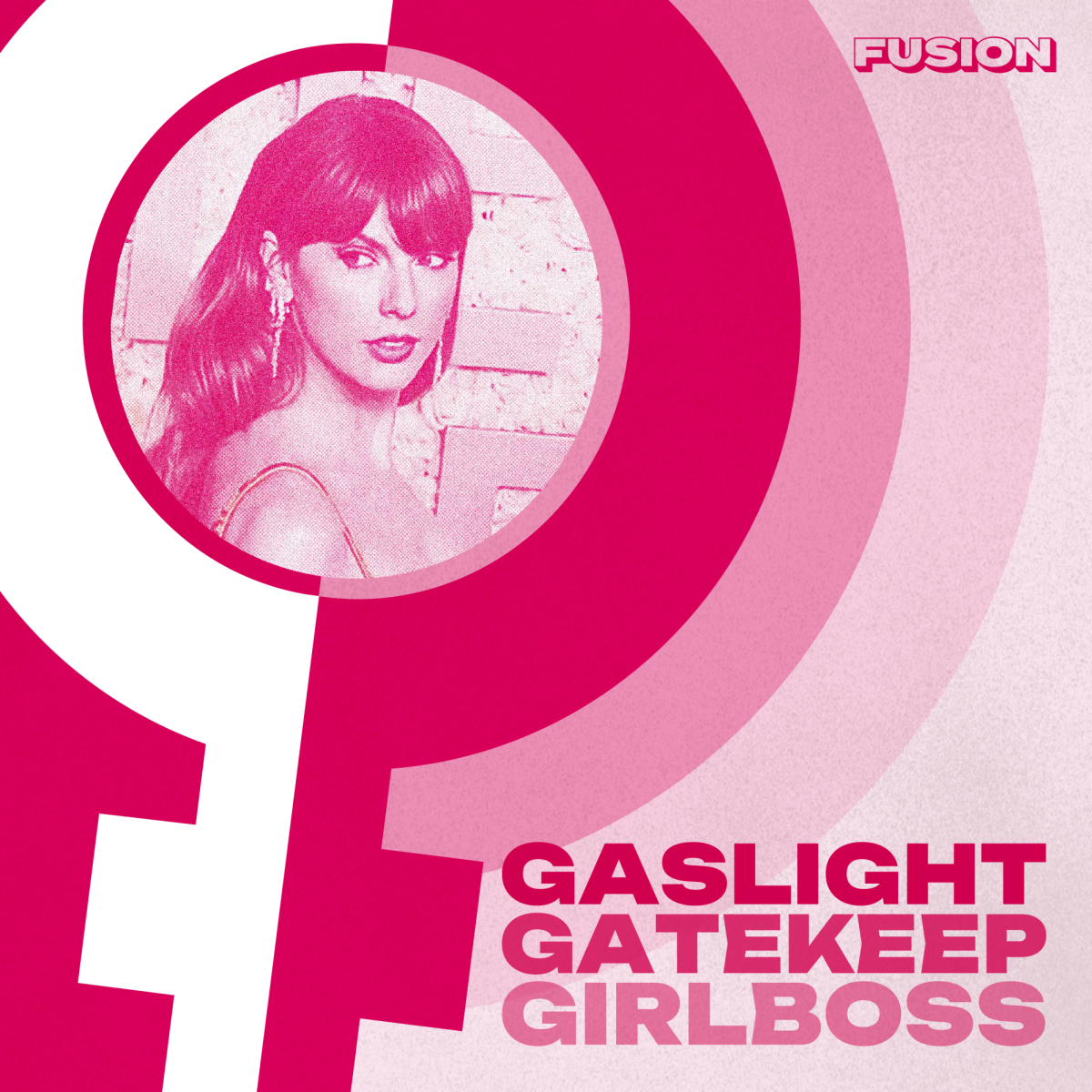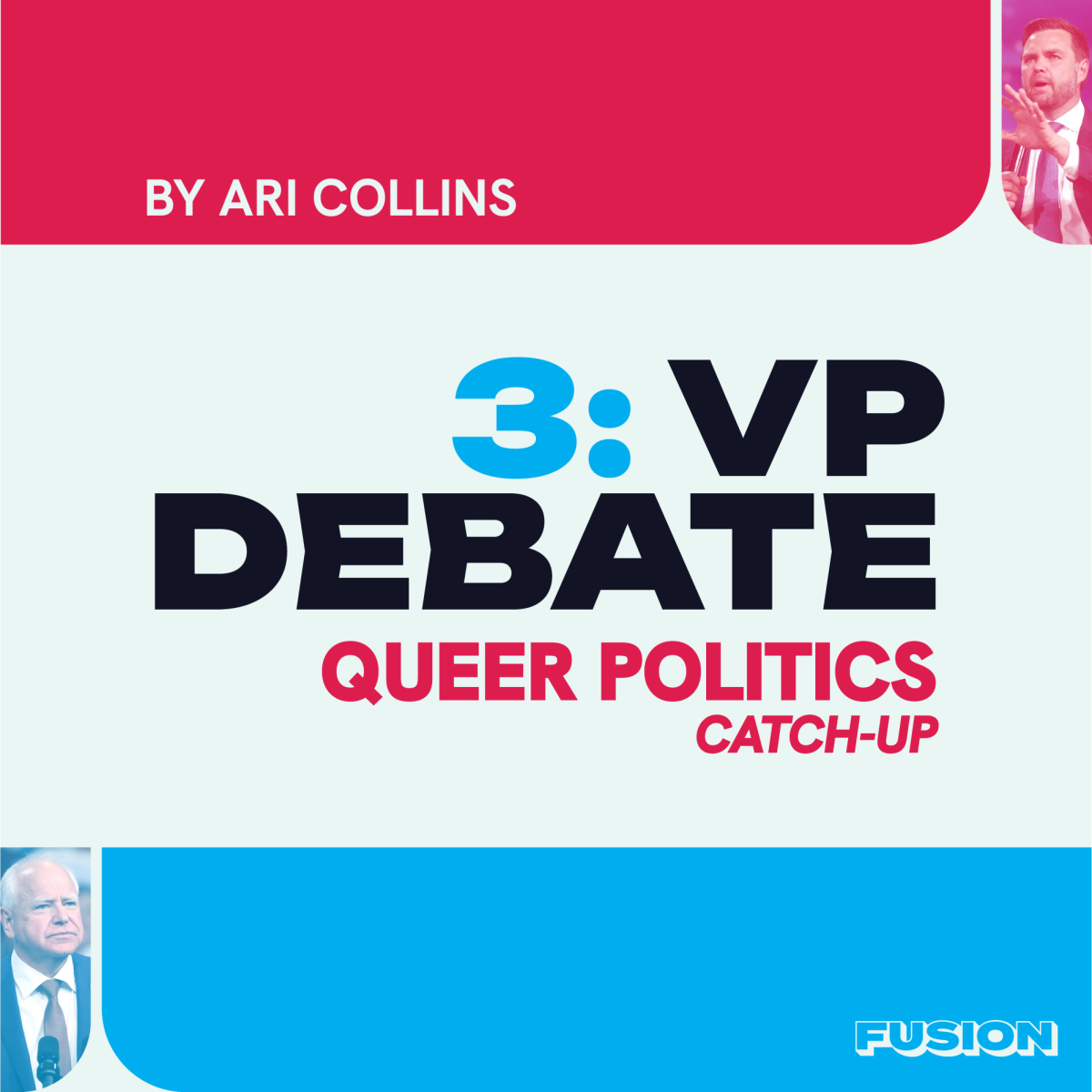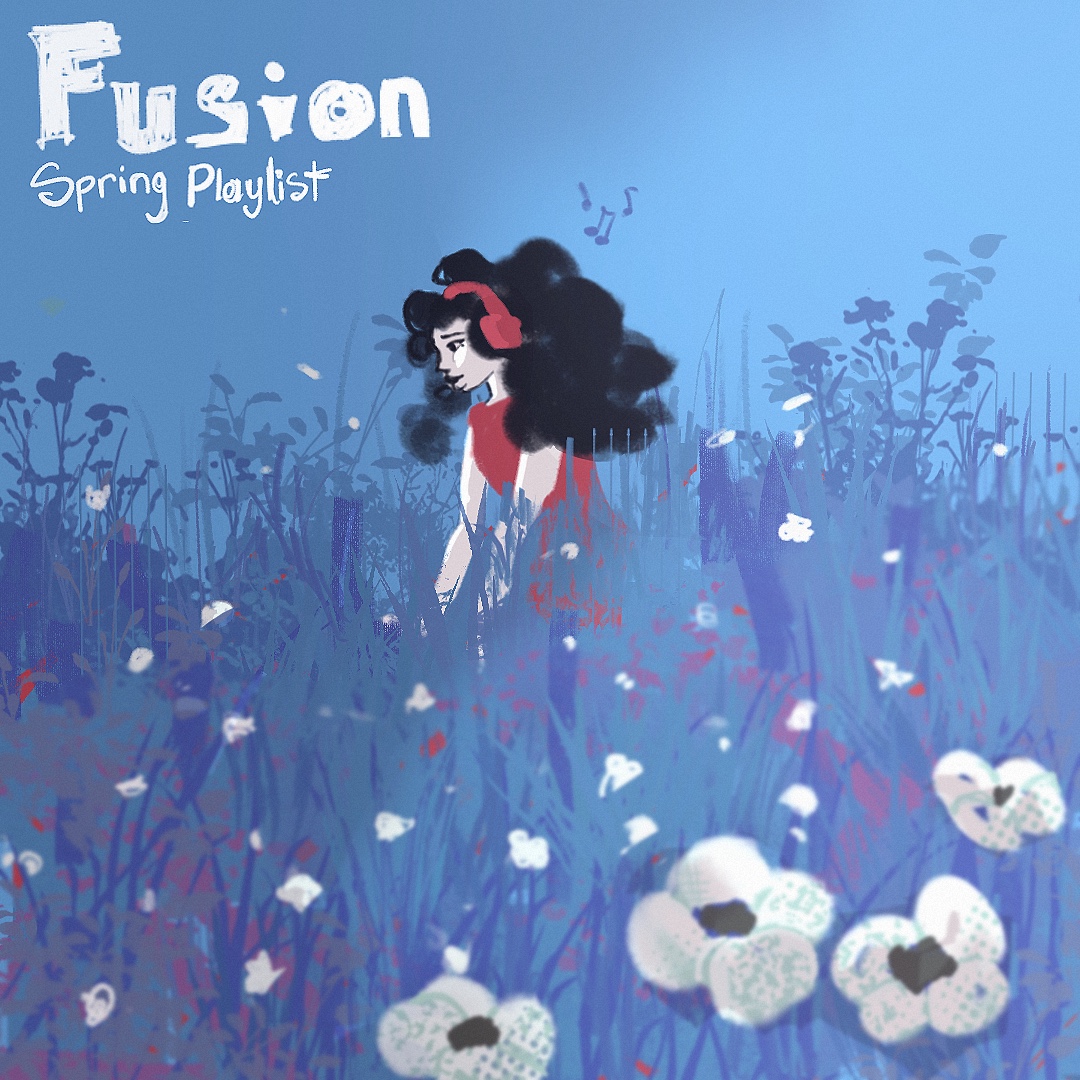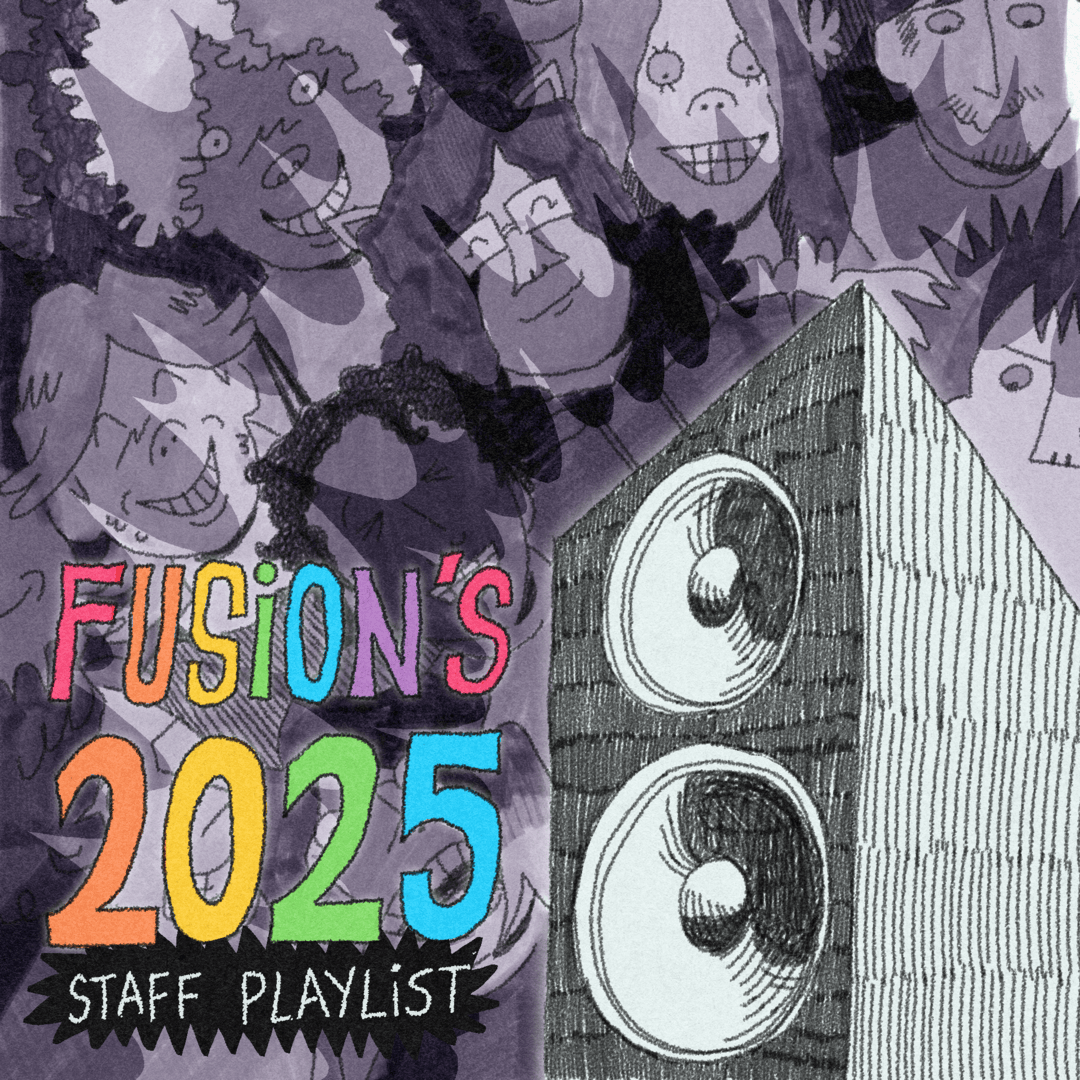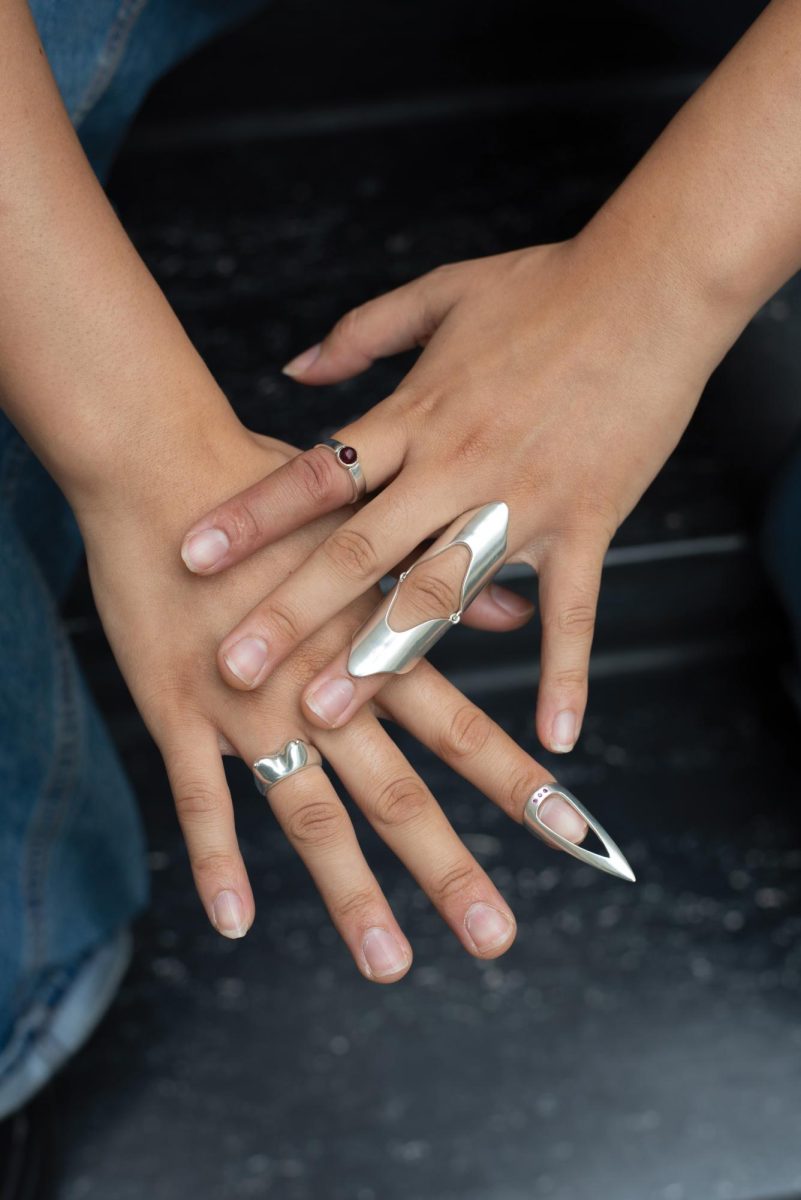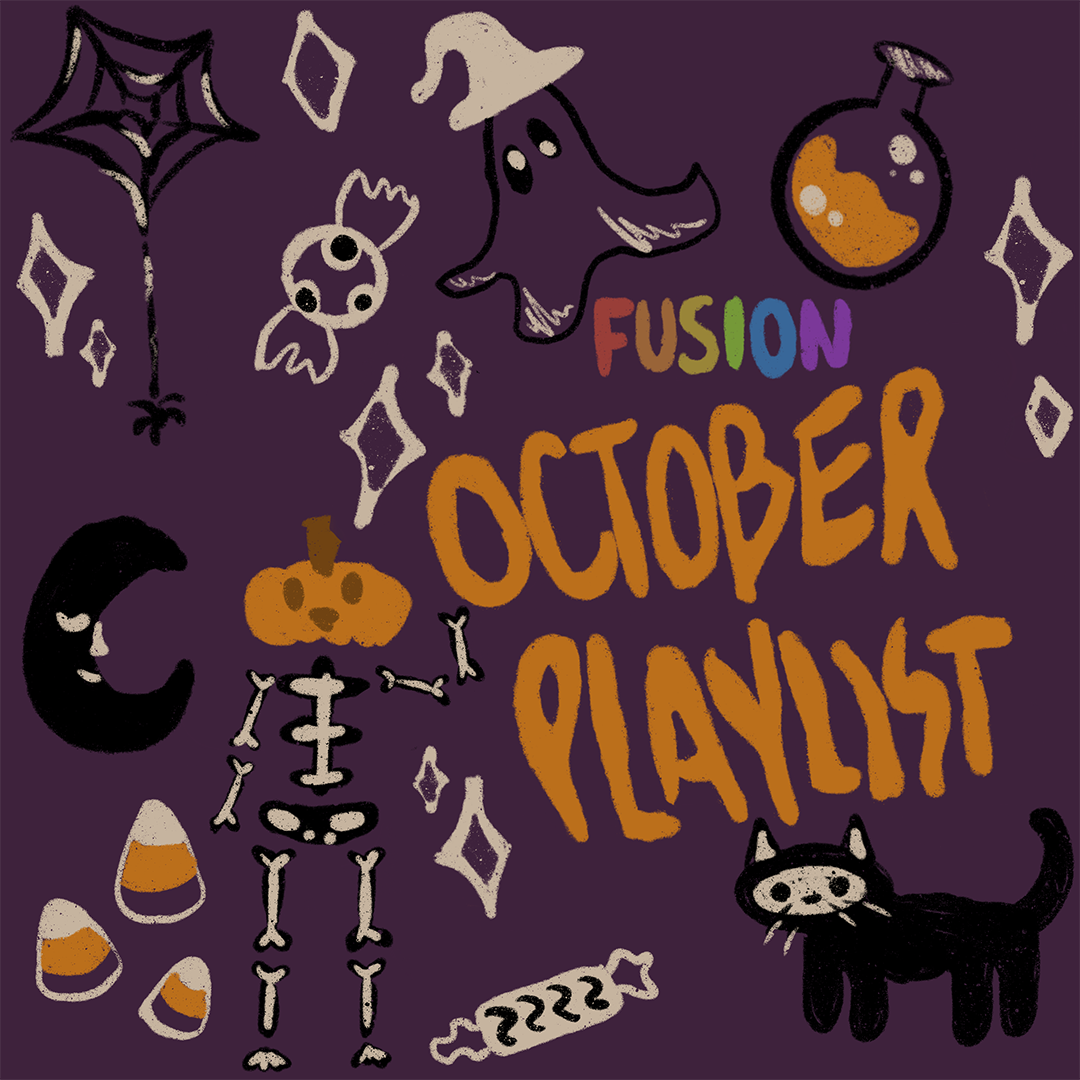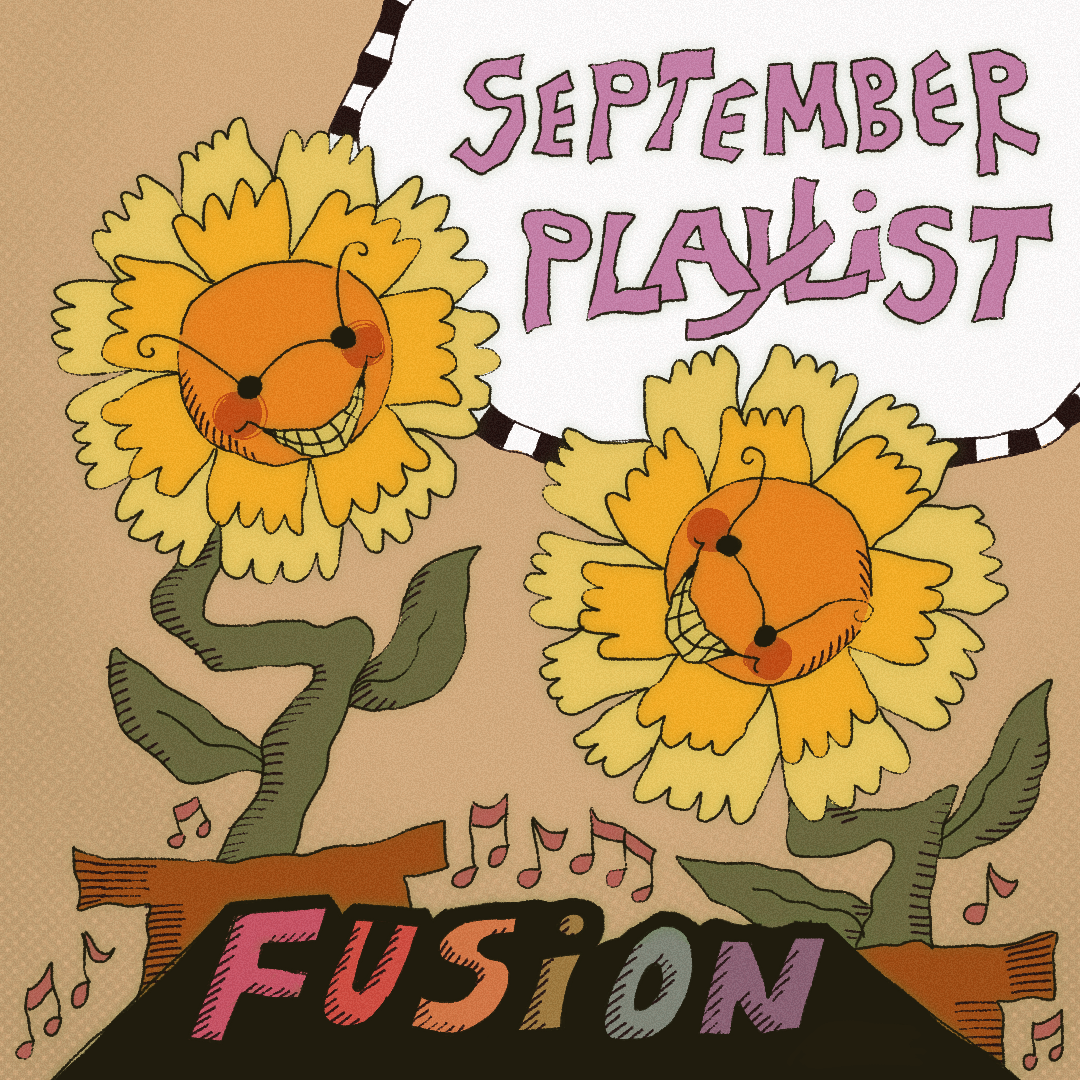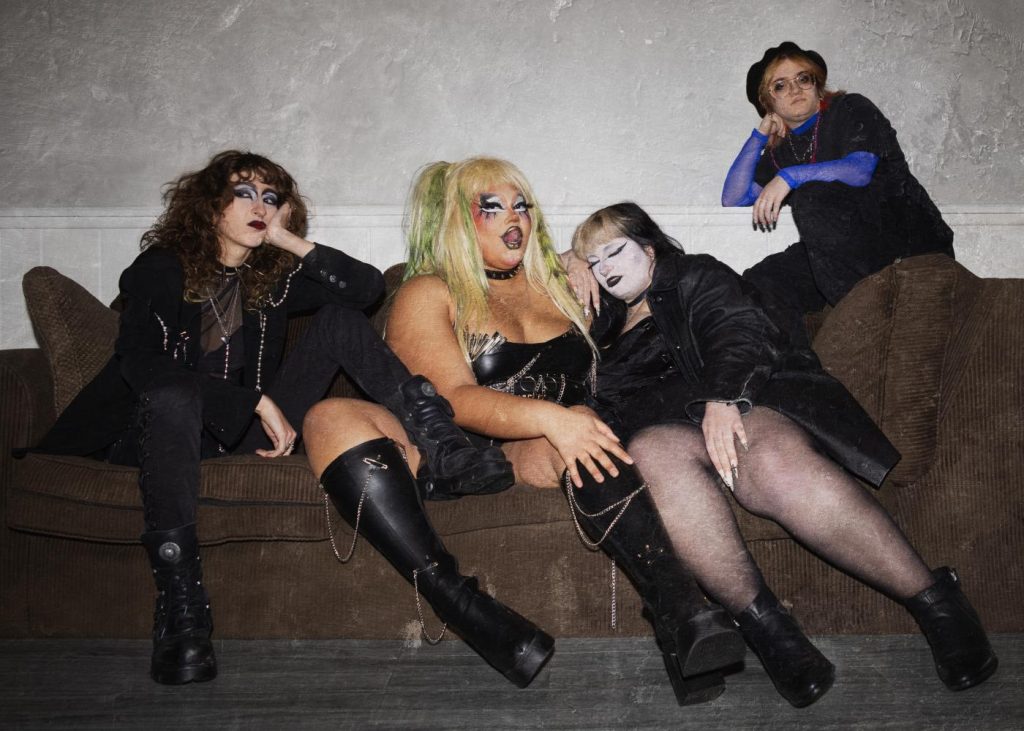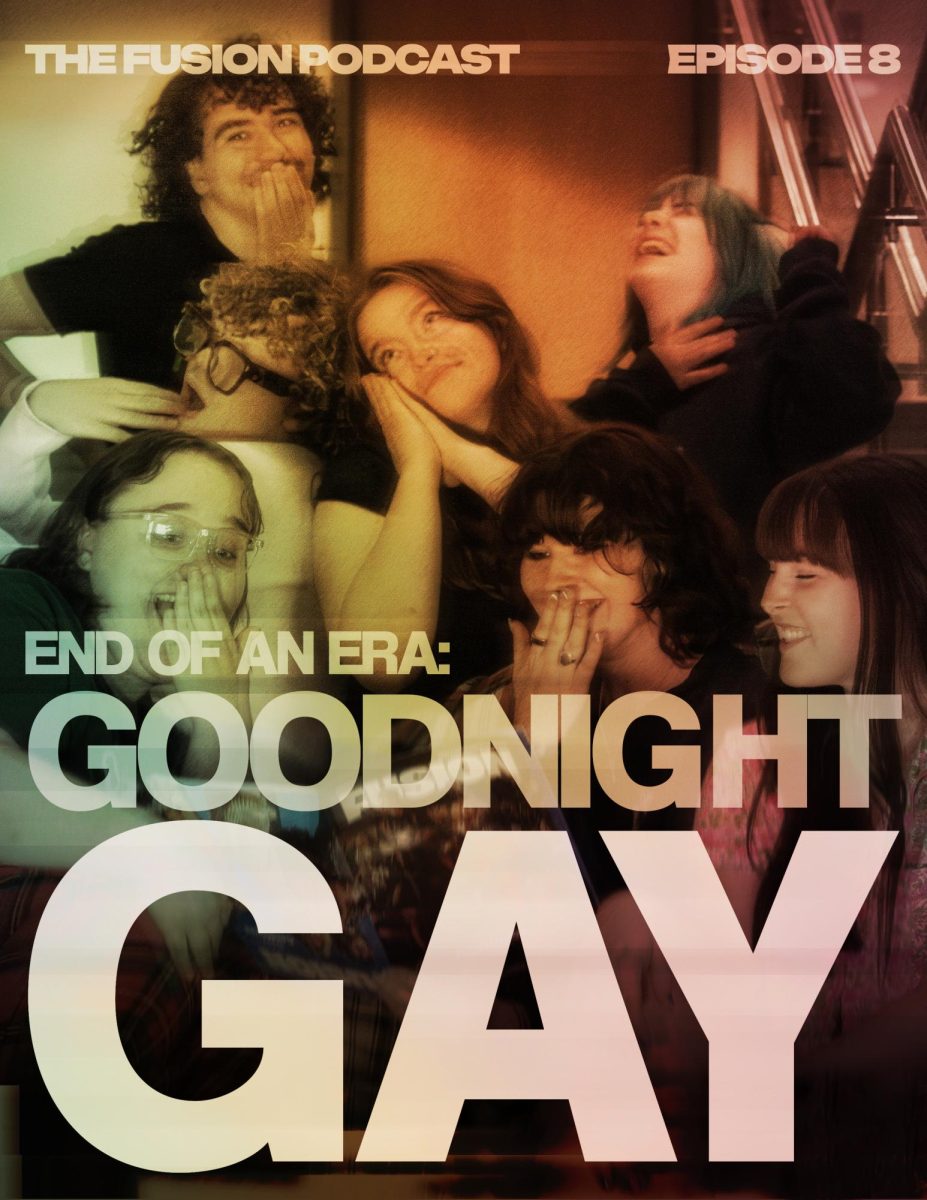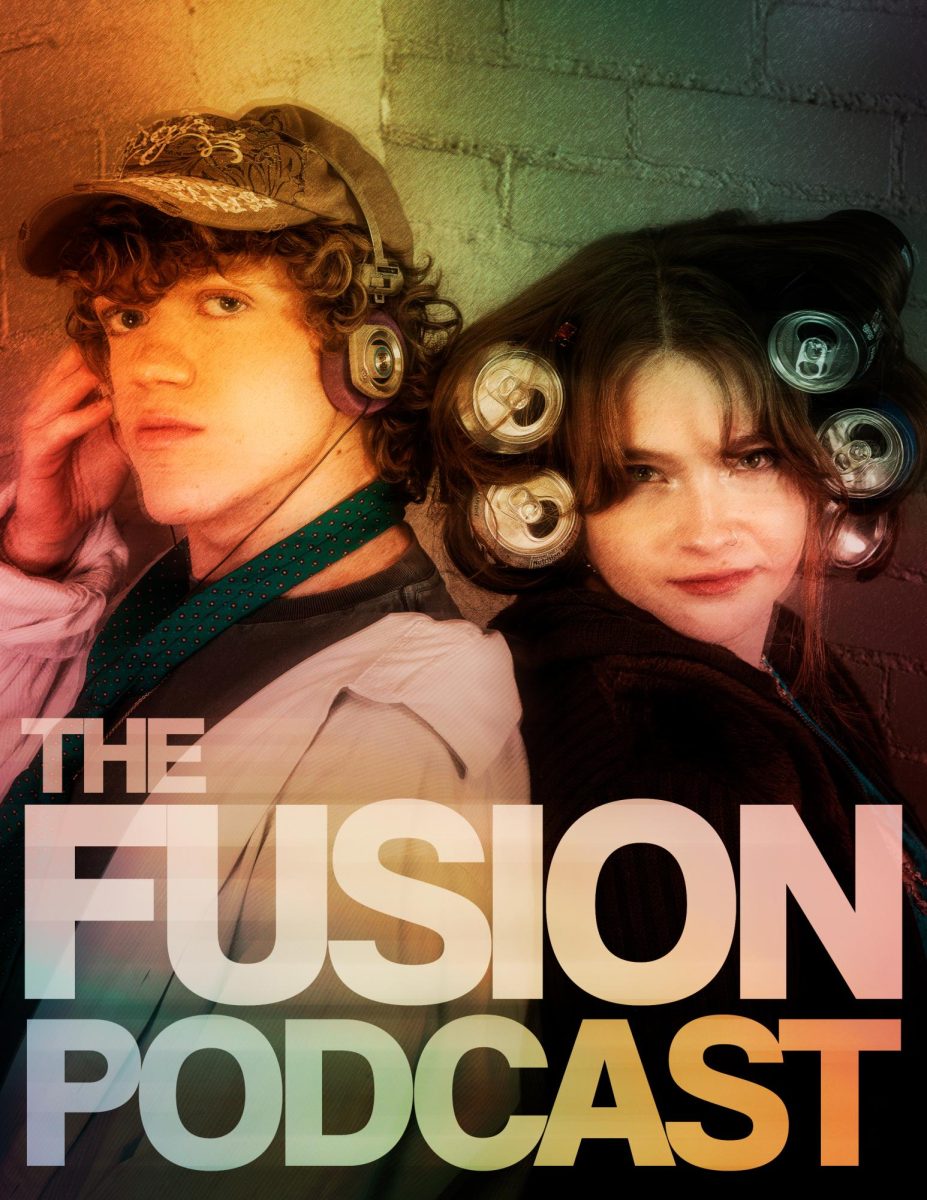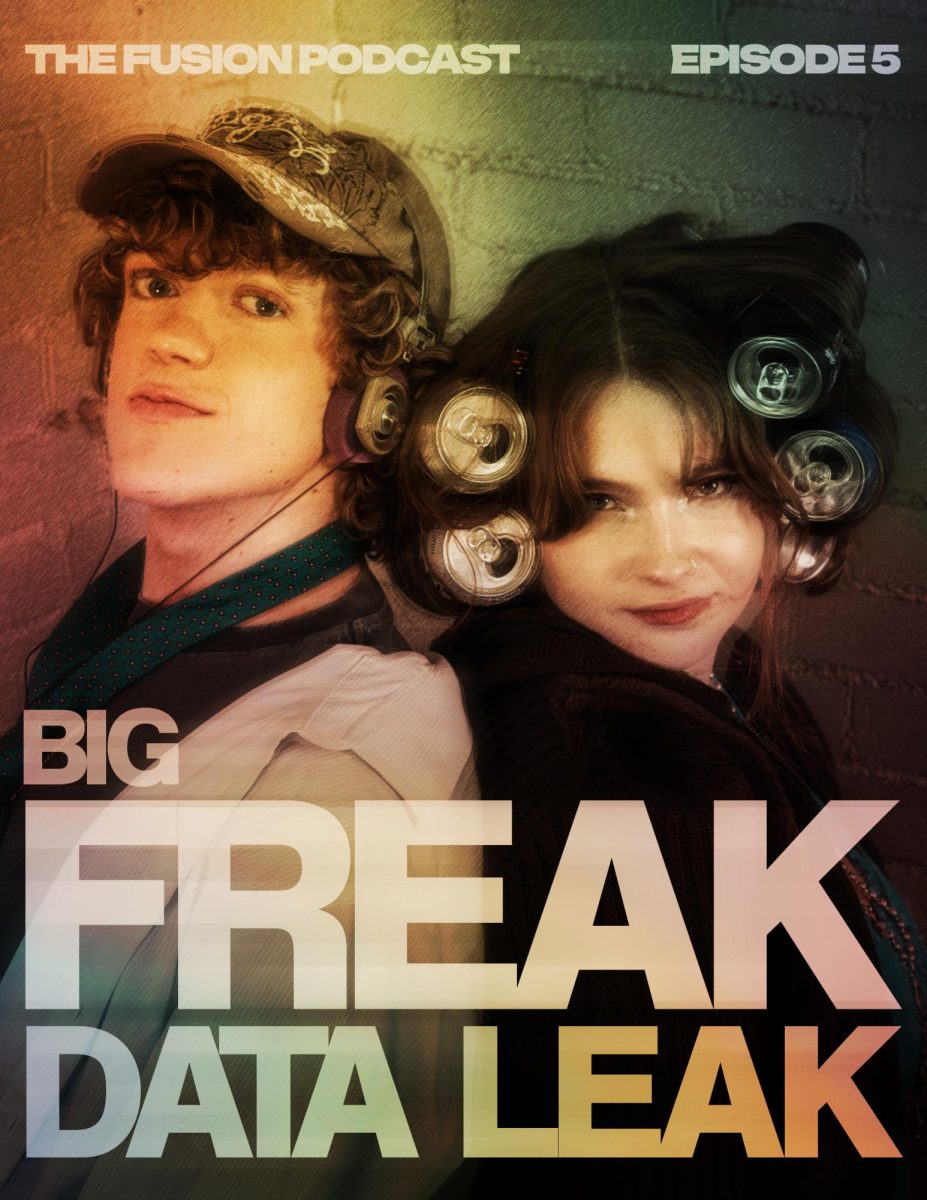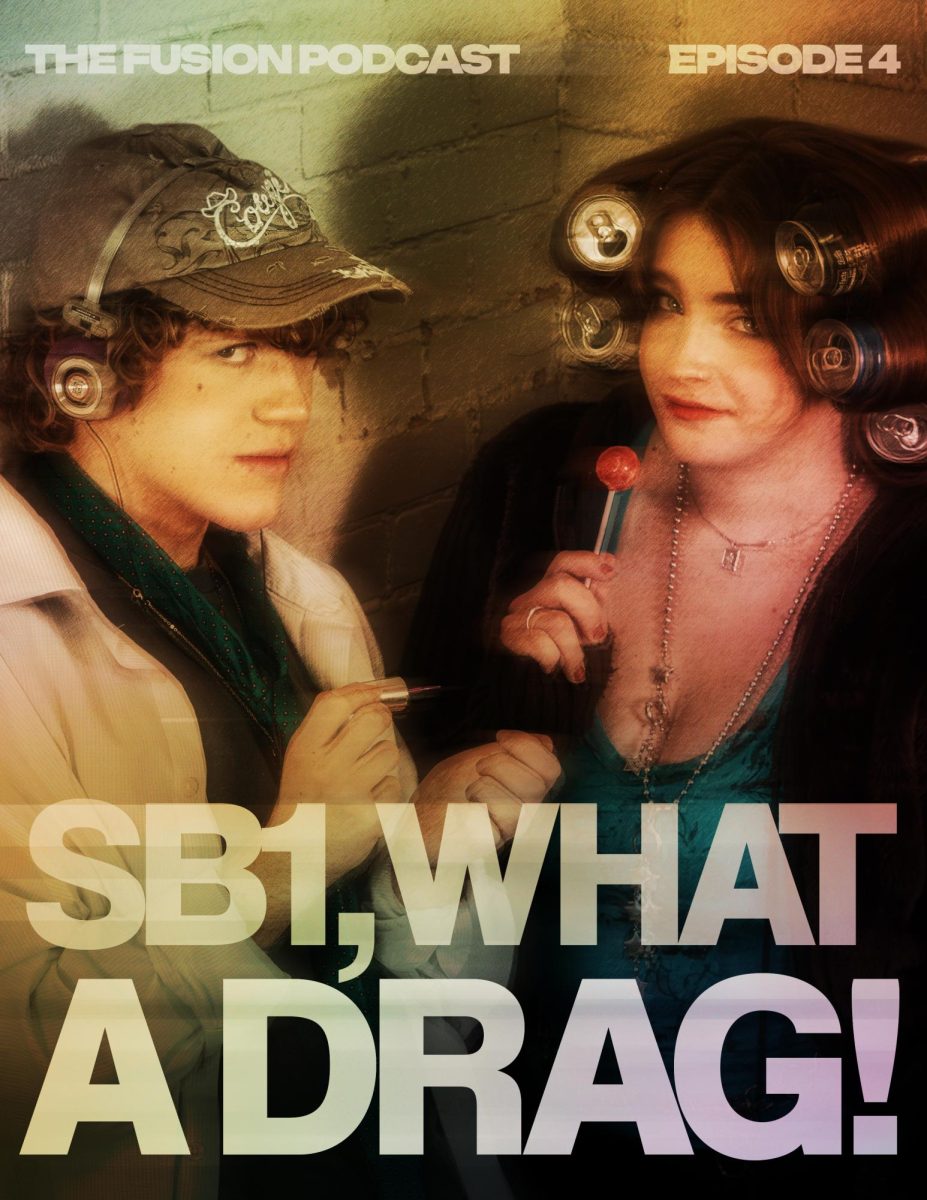The Wild West era, most notably documented around the mid-1800s to early 1900s in western and southern regions of America, has a significant relationship with queer liberation. Along with being a niche fashion aesthetic among modern queer youth, the untamed nature of the West historically attracted otherwise persecuted groups and catalyzed freedom of expression among LGBTQ individuals. Artifacts from this period, such as journals, medical records and artwork, exhibit evidence that many influential figures scattered throughout the communities were queer and gender non-conforming.
Men who worked strenuous, male-dominated jobs had essentially no social proximity to women and were thus allowed, sometimes even encouraged, to engage in homoerotic relationships with their male colleagues. Romantic and sexual aspects of same-sex relationships were swept under the rug or justified, considering this was their only opportunity for companionship. Depictions of Cowboys typically establish a standard for masculinity; they were resourceful, independent survivalists. These traits also coexisted with homoerotic tendencies. Furthermore, this demonstrates that, historically, virility and queerness are not mutually exclusive, and that possessing one trait does not automatically invalidate the other.
“Masculinity is something that I think can mean a lot of different things to varying individuals,” said Vic Williams, Kent State sophomore, “It can be a beautiful expression of gender, but is also so easily an excuse for intolerable behavior from cisgendered men.” Masculinity is often used synonymously with conservatism or intolerance. However, despite modern gender roles demanding that masculinity is stationary and exclusive, the intersectionality of queerness and masculinity has been present for centuries. “Masculinity to me is about presenting how I wish to be perceived,” said Williams, “I think that trans people often express the most positive sides of masculinity because our expression had to be curated, instead of automatically aligning with our assigned gender.”
It is also theorized that women often dressed to pass as men for equal social treatment and to escape sexual oppression. Lesbian relationships were generally accepted and encouraged as well. At the time, the term homosexuality typically only applied to same-sex relationships between men, so lesbian relationships were, in a way, not quite presented as “homosexual” relationships. “Platonic” marriages between financially well-off women were also common; since there was no need for financial support from a man, they sometimes chose to cohabitate with another woman. Lesbian art and poetry originating from this time period continues to hold a place of symbolism in the queer community.
Significant leverage of gender non-conformity comes from centuries of Native American culture. Two-spirited individuals have, for years, been admirable in their communities for possessing qualities on all sides of the gender spectrum. Elements of culture from countless Indigenous tribes demonstrate that LGBTQ people have not only always existed, but are worthy of praise. Evidently, a significant portion of queer customs seen today can be credited to centuries of practices from countless Native tribes.
Contemporary research and primary media derived from the Wild West era concludes that sexual fluidity and gender non-conformity has been normalized on and off for years. Regions that embrace looser morals naturally attract groups who want to escape strict oppression regarding gender and sexuality. In short, being queer, trans and any form of gender non-conforming is nothing new; queerness has been notably relevant in all formative periods leading up to now.


